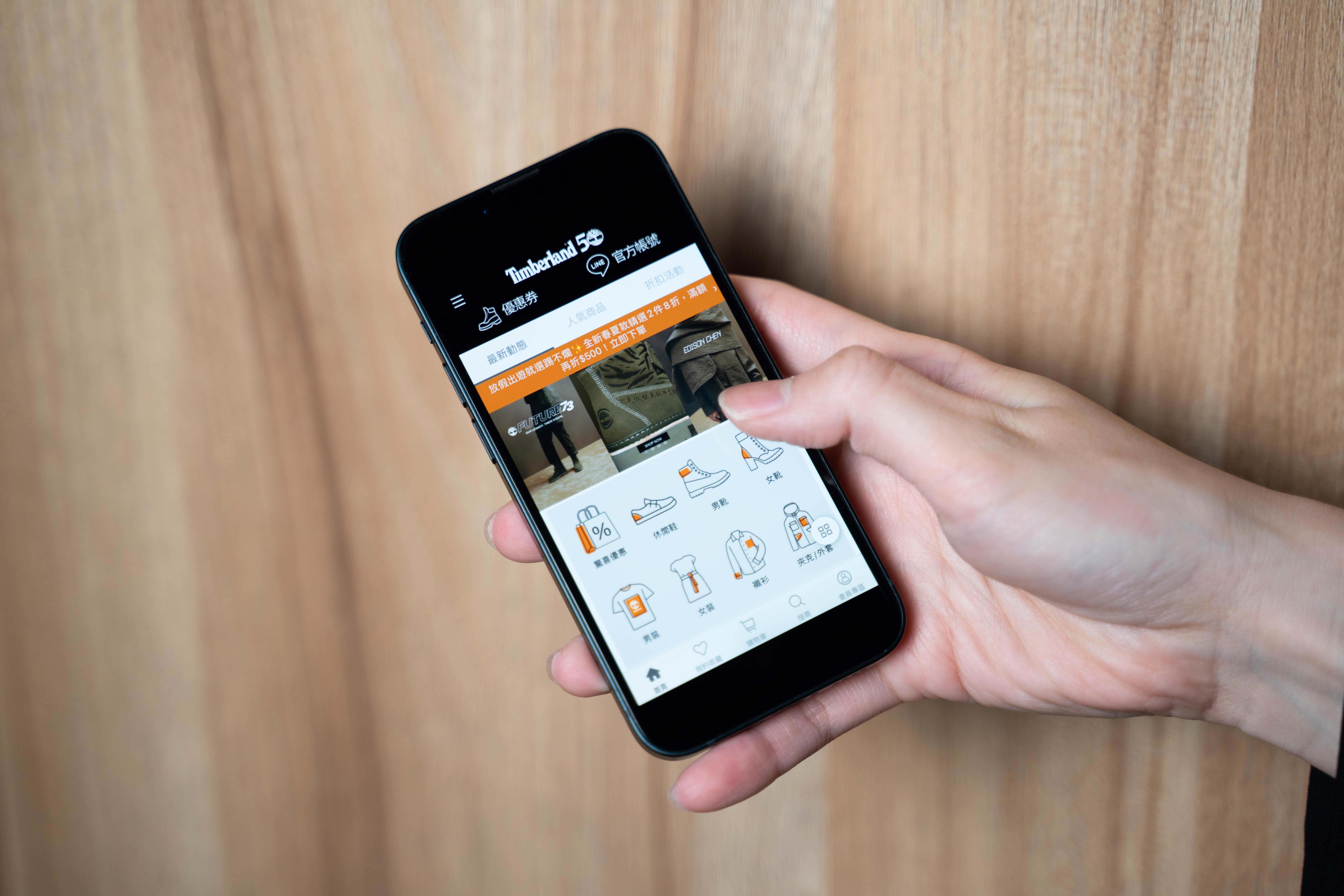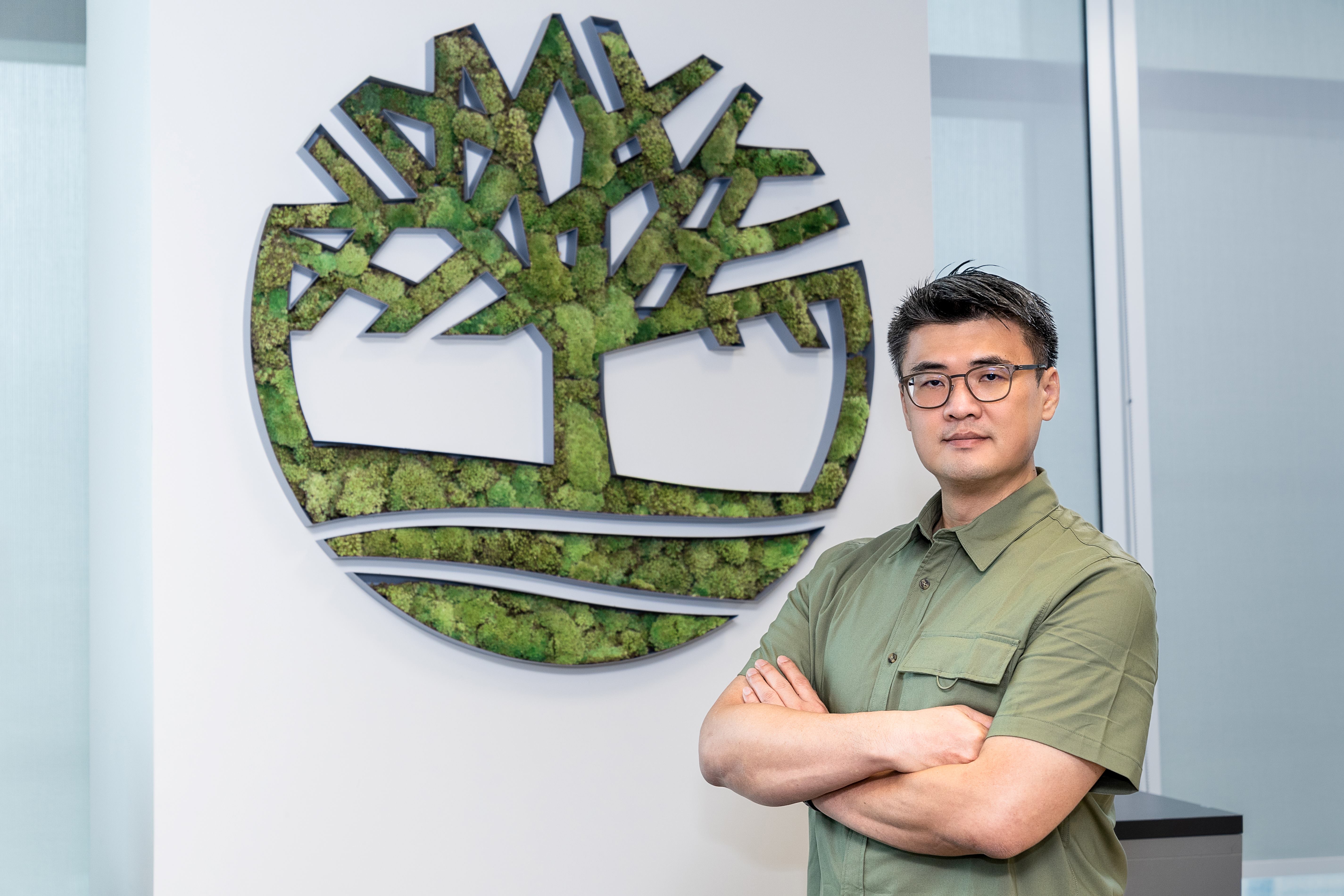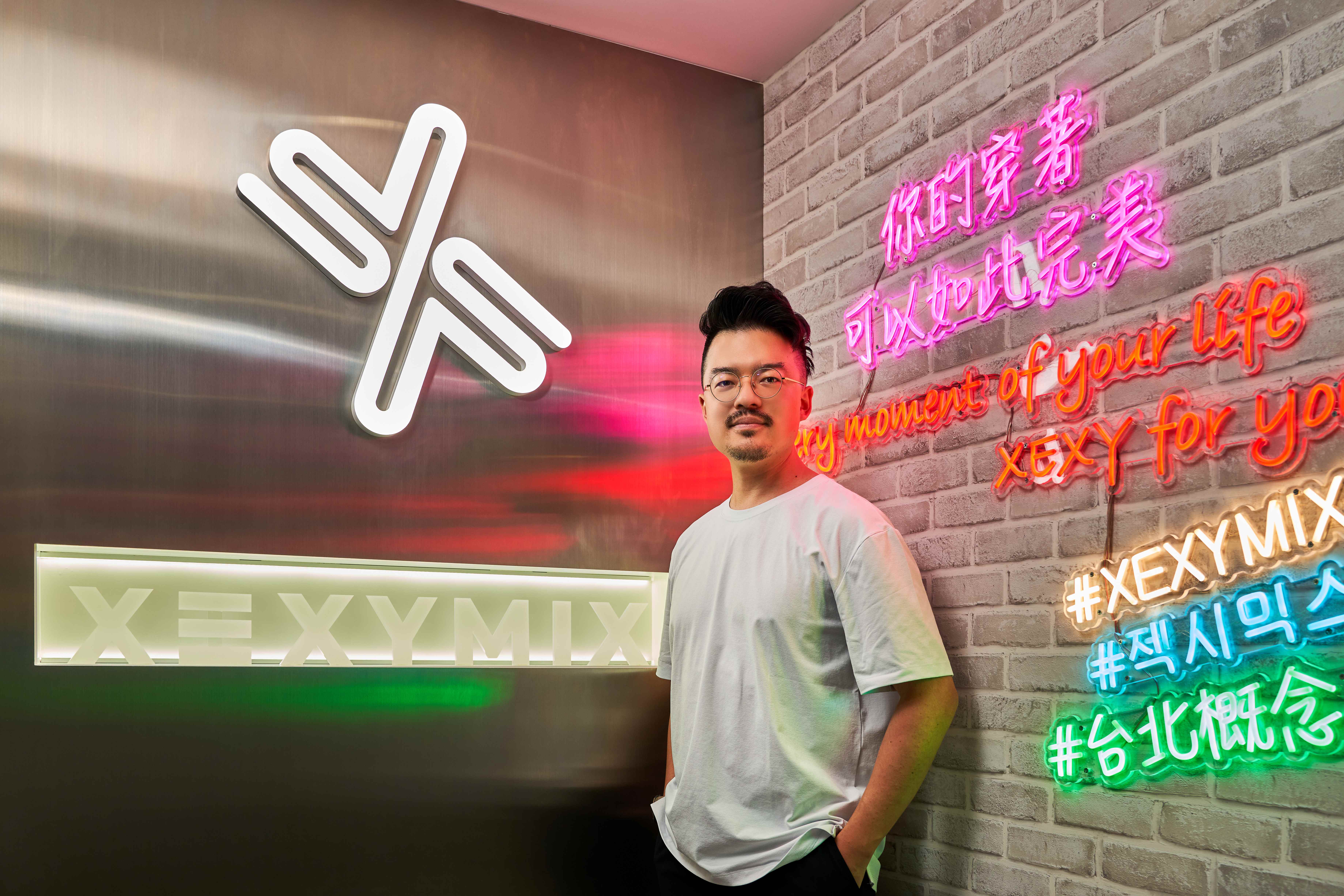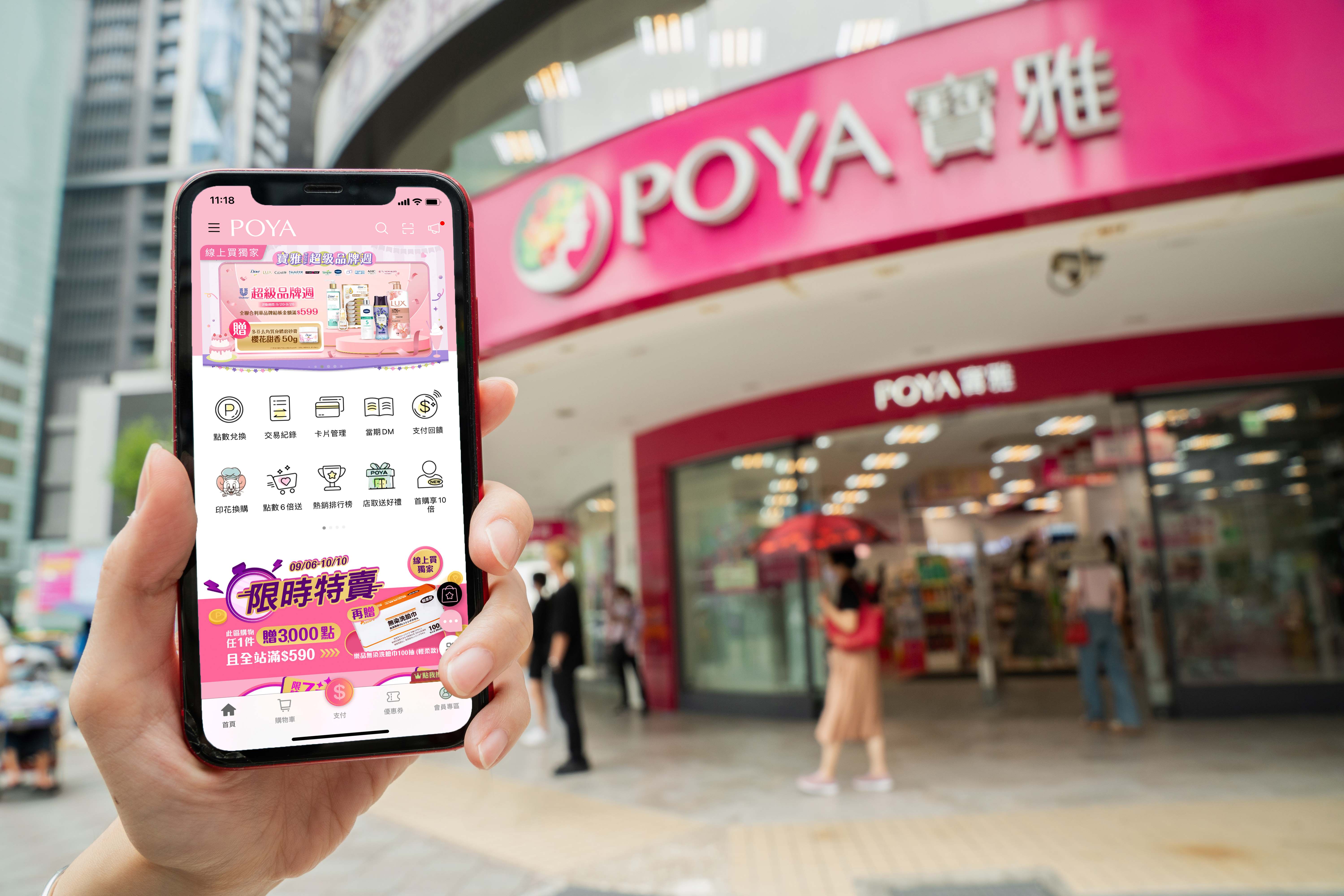Project Description

Upholding the “踢不爛” Spirit!
Timberland’s 5-Year Journey to Building a D2C Marketing Ecosystem
INDUSTRY Footwear, Apparel & Accessories
USE CASE OMO
Featured in Business Weekly (Read original post)
“These are the new products you’re interested in, and we’ve selected your size. Please feel free to try them on!” At the VVIP new product appreciation event hosted by the international footwear/apparel brand Timberland, enthusiastic store sales staff presented a whole rack of custom-prepared clothing and shoes to the guests. The luxurious brand-level service left the attendees feeling “warmed” and was directly reflected in the sales performance. The average purchase amount at this event surged to NT$20,000, breaking Timberland’s previous VIP event sales records.
How did they find these highly contributed VVIPs? It wasn’t experience or intuition but a data model that integrated brand member consumption behaviors. Surprisingly, 70% of the big spenders had never participated in a VIP event. This VVIP new product appreciation event helped Timberland discover a previously unnoticed treasure trove of potential customers.
- ✓ D2C Operations Accumulate Millions of Members, Establishing a Leading OMO Brand
- ✓ The First Step: Refining First-Party Data
- ✓ The Second Step: Managing Private Traffic, Merging Human Touch and Technology for Greater Value
- ✓ The Third Step: From “Price to Sale” to “Love to Buy”
- ✓ Future Precision Marketing Hinges on Visionary Partners
D2C Operations Accumulate Millions of Members, Establishing a Leading OMO Brand
In 1973, Timberland created its iconic product, the “Yellow Boots,” to protect the feet of lumberjacks. This durable and practical outdoor waterproof boot became a global hit, moving from the outdoors into the streets and becoming a household name in outdoor functional brands. Moreover, the brand’s durable feature, nicknamed “踢不爛” (which sounds like Timberland in Mandarin), has gradually shaped its image and spirit of resilience and perseverance.
“Once you put on the Yellow Boots, nothing can stop us, even in a challenging world!” This classic quote from Jeffery Swartz, the grandson of Timberland’s founder, perfectly interprets the brand’s thirty-year journey in Taiwan. In addition to continuously deepening its brand value, Timberland has invested in customer management systems (CRM), leveraging its powerful physical store staff service and D2C e-commerce system to build a strong foundation of one million members. Despite the complexity of consumer channel behavior due to the pandemic, Timberland continues to advance, integrating omnichannel resources and using data analysis and insights to deepen consumer-brand relationships.
This explains why, amid numerous brands claiming digital transformation, Timberland quickly succeeded with its three-step OMO strategy, seamlessly connecting online and offline channels within five years and becoming a successful D2C model retail brand.
The First Step: Refining First-Party Data
In 2017, as e-commerce platforms were booming, Timberland launched its D2C digital operation model against the tide, collaborating with 91APP to establish its official website and brand app. This integrated members from stores, the website, the app, and LINE official account friends into a unified CRM system, using phone numbers to authenticate online and offline identities.
“These one million member data are our precious assets,” says Timberland’s Taiwan and Hong Kong Brand Director, Anthony Hung. Mastering first-party data is necessary for uncovering the brand’s gold mine. The subsequent application value of this internal traffic is immense, enabling analysis of consumer behavior and setting up targeted communication angles for different customer preferences, achieving more precise marketing execution.
Within two years, Timberland delivered impressive results before the Covid-19 outbreak, including “15% of sales from digital channels,” “70% of online sales from the brand’s official e-commerce,” and “OMO members’ average order value is twice that of single-channel consumers.” Therefore, when store customers suddenly disappeared due to the pandemic, Timberland could quickly activate its response plan.

91APP assisted Timberland in building its website and enhancing the consumer shopping experience through the development of its app.
The Second Step: Managing Private Traffic,
Merging Human Touch and Technology for Greater Value
Timberland then shifted from relying on paid media for public traffic to investing more resources in building the brand’s private traffic (owned media).
During the Covid-19 pandemic, consumer demand for contactless shopping surged. Timberland initially aimed to increase the number of LINE official account friends as a cross-departmental annual goal, achieving 250,000 new friends in two years. This new traffic source was then connected to the omnichannel brand data center, passing potential customers from online traffic to offline store staff for follow-up.
This strategy yielded remarkable results, with 10% of e-commerce sales driven by store staff during the pandemic. OMO members who shopped across channels exhibited stronger brand loyalty and higher member value than single-channel consumers, proving that “1 + 1 is greater than 2.” Anthony Hung adds that 91APP’s system includes a built-in referral mechanism for each store staff member with a unique referral code. Whenever a consumer binds to a store staff member, whether they complete transactions through the brand’s e-commerce or physical stores, the staff member receives a sales commission. Thus, through cross-channel sales, OMO enhances the consumer shopping experience and increases store staff bonuses.
Furthermore, as store staff appreciate the value of digital channels, they are more willing to use digital resources to maintain their influence on consumers. Besides creating a complete OMO business system for Timberland, 91APP also integrated the brand’s data center and technical partners to provide one-on-one chat functions. This allows store staff to maintain customer interactions through digital tools, such as new product recommendations and daily greetings, extending service from offline to online. Whether through brand e-commerce or physical stores, guided sales service can complete transactions, and management can establish qualitative assessment mechanisms applicable to all channels.
“Warm human interaction cannot be replaced,” emphasized Anthony. Data, technology, and AI can combine with a human touch to enhance service value. During the pandemic, over 300 enthusiastic store staff creatively turned into social media influencers, live-streaming to guide customers “shopping online” or finding similarly-sized staff members to try on products and take photos for customer reference. These thoughtful services, which are difficult for technology to replicate, fully convey Timberland’s unwavering brand values.
The Third Step: From “Price to Sale” to “Love to Buy”
“Loyal members care more about brand propositions and product power than constantly seeking the lowest prices,” says Anthony. Last year, Timberland launched a new brand strategy, focusing more on discussing brand values with members and offering a diverse range of product strategies for different channels.
First, Timberland boldly changed the traditional VIP product appreciation event approach, booking movie theaters across Taiwan to invite VIP members to watch the movie “Good Morni MIT.” This eco-themed movie resonated with Timberland members’ concerns. Not only were VIP registrations enthusiastic, but the subsequent shopping conversion rate exceeded 20%, outperforming past gift-giving strategies.
Additionally, Timberland’s website optimization project launched in May last year no longer emphasized promotions based on “price” but strengthened marketing for co-branded items and classic products. Anthony Hung explains that Timberland’s team discovered through website data that members shopping on the official site had higher loyalty and average order value. Compared to low-priced promotional items, they preferred products with both quality and brand philosophy.
Thus, Timberland decided to sell valuable brand items on the official website. This proved correct, as after the strategy change, Timberland’s official website achieved an 8% increase in transaction amount and a 26% increase in average order value during the 2022 Double Eleven Shopping Festival.

Anthony Hung, Brand Director for Timberland Taiwan and Hong Kong, emphasizes that strengthening brand power and product quality are key to enhancing member loyalty.
Future Precision Marketing Hinges on Visionary Partners
“We need long-term partners with a macro perspective who can tell us which tools can meet the marketers’ creativity and ideas,” Anthony summarizes the importance of 91APP to Timberland.
With rapid changes and the emergence of new marketing technology tools, brand operators often face the challenge of multitasking, devising new strategies, finding suitable tools, and learning how to use them. 91APP assisted Timberland in integrating systems based on actual needs and finding the most appropriate technical and strategic partners. This allowed the brand to focus on creative marketing and quickly succeed, pioneering D2C retail transformation.
Anthony believes the footwear/apparel industry will face significant challenges from fast fashion brands in the next three to five years. With their integrated supply chains and low-price advantages, these brands will quickly respond to market demands through vast consumer data. Timberland will continue to deepen D2C operations, conduct more detailed member segmentation, and provide valuable experiences and services to meet future changes.
“Continuing to operate in the D2C model and using data for precision marketing is something we will persist in doing.”
Anthony was also wearing the Yellow Boots during the interview, highlighting that this brand, nicknamed “踢不爛” (Timberland), will, in a constantly changing world, steadfastly uphold its core values and keep moving forward, just as its brand spirit emphasizes.





